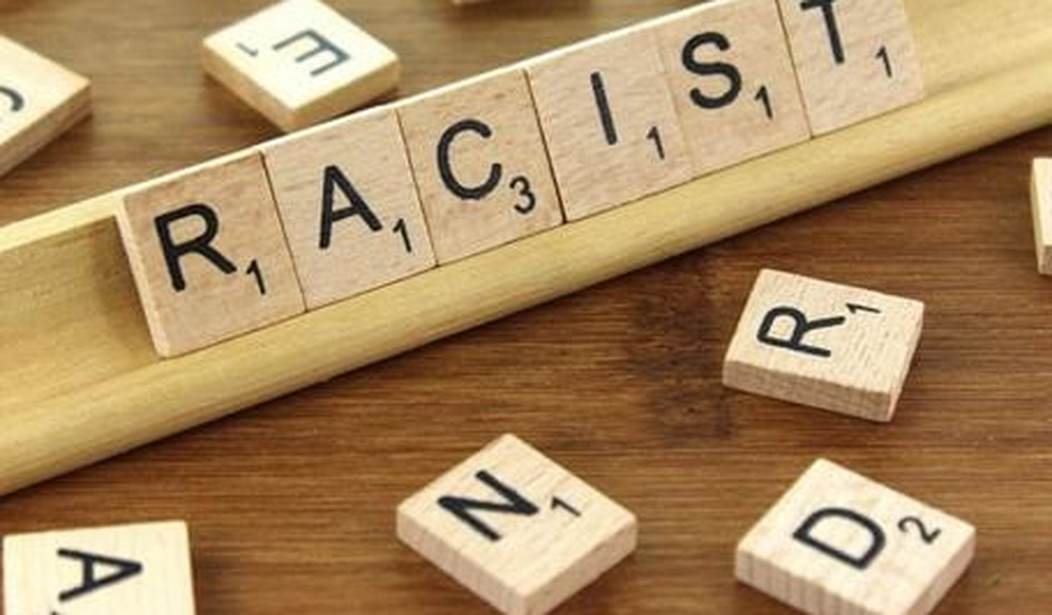Whites are racists and don’t even know it, or so says an increasingly accepted body of academic opinion based on a cornball arcade game exercise. With President Trump in office, it’s time to dismantle the funding and policy infrastructure that relies on this quack academic theory.
The “Implicit Association Test” — where subjects respond positively or negatively to a series of pictures and words, including ones touching on race — was cooked up by academics, but became the foundation for media narratives and government policy during the Obama administration.
“Across America, Whites are Biased and Don’t Even Know It,” blared the Washington Post. “You May be More Racist Than You Think,” said a CNN story. “Is Everybody a Little Bit Racist?”, asked the New York Times.
You already know what the Times’ answer is without reading the story. Here’s an excerpt from the Post:
Most white Americans demonstrate bias against blacks, even if they’re not aware of or able to control it. It’s a surprisingly little-discussed factor in the anguishing debates over race and law enforcement that followed the shootings of unarmed black men by white police officers.
Such implicit biases — which, if they were to influence split-second law enforcement decisions, could have life or death consequences — are measured by psychological tests, most prominently the computerized Implicit Association Test, which has been taken by over two million people online at the website Project Implicit.
The Post even provides a helpful map so whites can see how unconsciously racist they are based on the state in which they live. The map will tell you what you never knew about yourself:
The map also provides a nifty political line of attack. The more reliably Republican the state … well, you know the rest. In an age where race was becoming less and less important after the triumphs of the Civil Rights movement, the Democratic Party needed something like this to stoke the fires of racial animosity.
You might laugh or scoff at this sort of high-level academic nonsense masquerading as social science. After all, most high-level academic social science now serves a political narrative. But don’t brush this instance off — the Implicit Association Test is more than a laugh line. It’s outright dangerous, and immoral.
Because unconscious racism nonsense drove policing policy during the Obama administration — and that’s where lives are at stake.
This nonsense led to lectures, consent decrees, and lots of your tax dollars flowing to consultants and teachers and programs designed to teach police they were all unconscious racists — and that they’d better not pull out their weapon too soon. The Implicit Association Test led to police departments being told — whether by DOJ-imposed overseers or by homegrown Black Lives Matter activists — to delay the use of deadly force.
As any cop knows, a split-second delay gets cops and bystanders killed.
That’s the physical danger. Now, here’s why it’s a moral nightmare: It is gravely immoral to detach the evil of racism from conscious choice.
Racism is a conscious choice — just like all dark thoughts. The Implicit Association Test decouples individuals from their moral choices, reducing them to the level of an instinctive animal. Something man is not.
Which is why we are now learning that the Implicit Association Test is bunk.
Althea Nagai at the Center for Equal Opportunity drilled deep into the methods and reliability of the test, and published this report at the Heritage Foundation. It’s time for every source of federal dollars — particularly at the Office of Justice Programs and the Civil Rights Division at the Justice Department — to read the report, and to then cut all sources of grant funding for any programs that rely on the bunk of the Implicit Association Test.
Here’s why: The Implicit Association Test is like a video game; photos and words are shown and responses are measured in milliseconds. What separates an unconscious racist from a non-racist on the Test? Just milliseconds in response time.
From Nagai’s report:
The IAT measures reaction time to specific stimuli in milliseconds. Using a micro-measure of reaction time with regard to differences in unconscious racial attitudes is relatively new, according to Blanton and Jaccard, and consequently has significant problems associated with it: “[A] tenth of a second can have a consequential effect on a person’s score, and such measurement sensitivity can lead to test unreliability.”
The IAT also seems to register lots of false positives — people whom the arcade game deems racist, but who simply aren’t racist at all when subjected to further study.
Lots of false positives:
The first indicator that the IAT may produce many false positives is that the correlations of IAT scores with other indicators of racism are low. Low correlations indicate an insensitive test, and therefore a high level of false positives.
In other words, many who are labeled racists by the IAT are in fact not. Mitchell and Tetlock’s analyses find the false-positive rate for the IAT falls between 60 percent and 90 percent, depending on the study.
While you are reading this, the American Association of Medical Colleges is making the IAT unconscious racism test part of medical school curriculum.
Schools such as Ohio State and UCLA now force members of their admissions committee to take the IAT test so that they can subject themselves to racial self-flagellation.
Twenty percent of large corporations use the IAT test.
If you want to see the sort of world this race-obsessed lunacy creates, just visit the Google campus.
The moral victories of the Civil Rights Movement are being overruled by people who claim to be it’s heirs. The heirs now seek to detach racism from moral choice — but that moral component was the very engine that gave the marchers their moral authority in the 1960s.
Back then, it was Jim Crow and Bull Connor who said blacks couldn’t help themselves, that they had no ability to escape what they are. How times have changed.











Join the conversation as a VIP Member